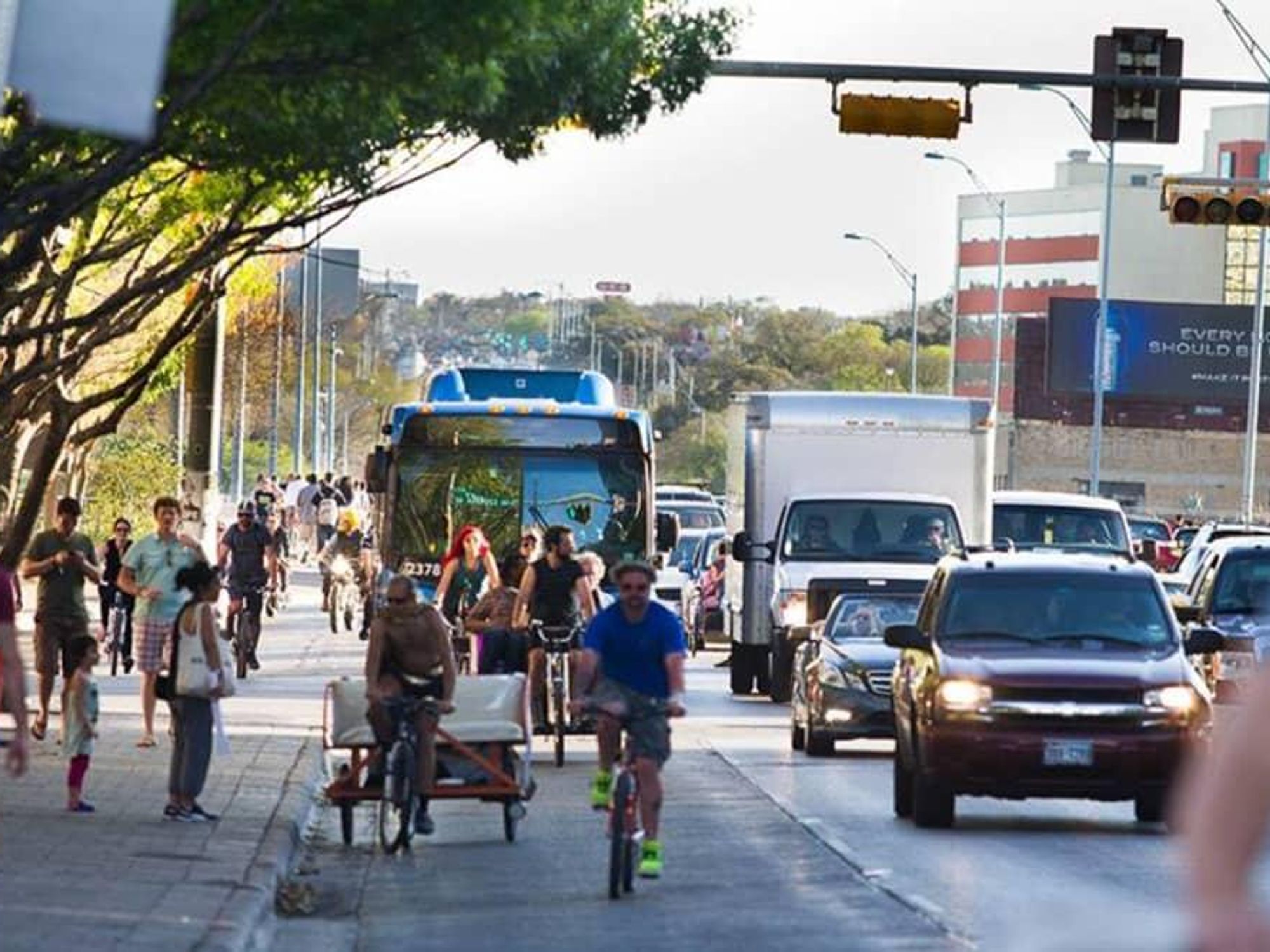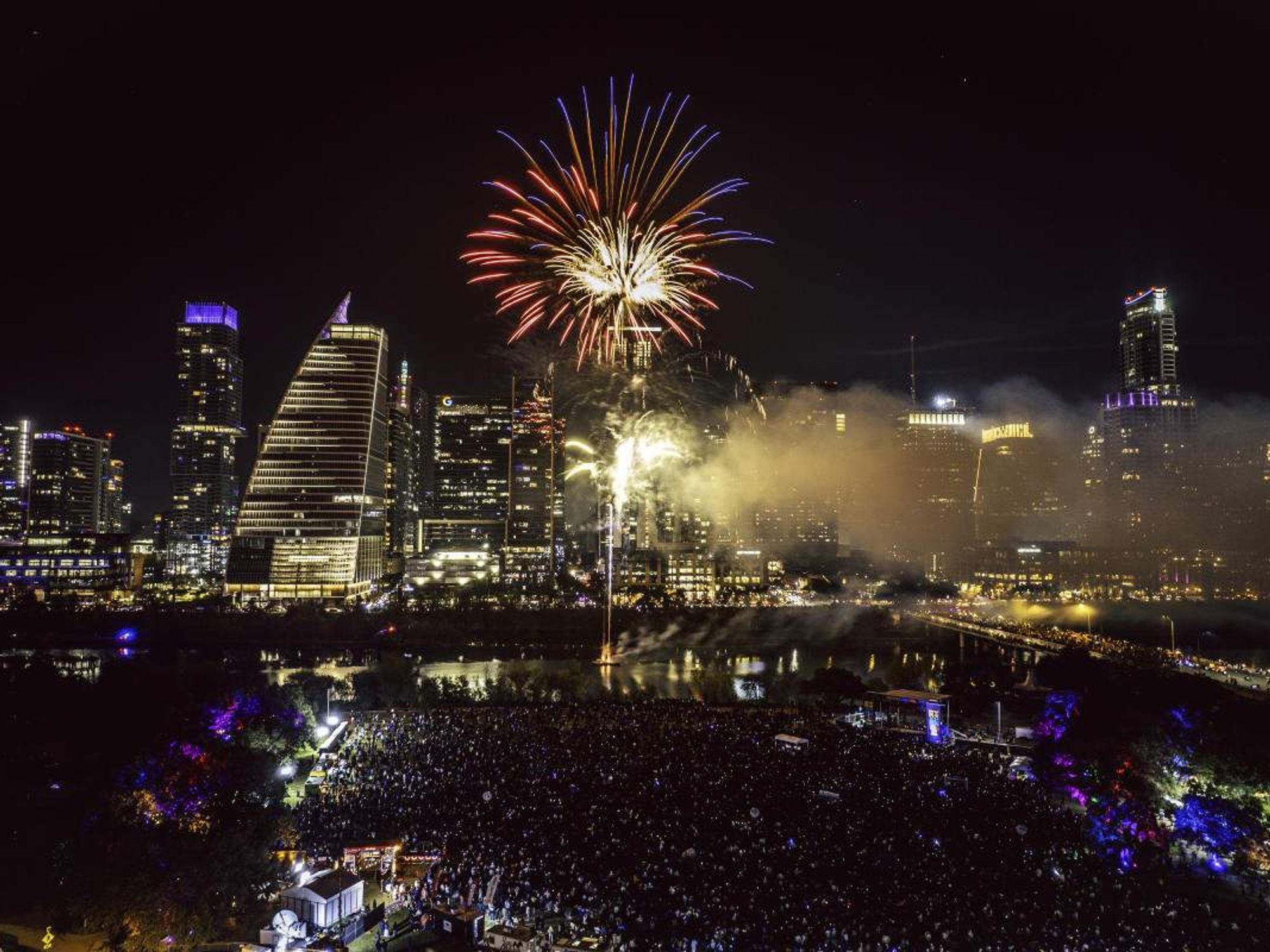Slowing Down
Busy Austin streets transform into walkable boulevards under new program

To promote physical and mental well-being during and after the coronavirus pandemic, the City of Austin has opened up the first three roadway segments in its new Healthy Streets initiative.
The Healthy Streets program temporarily provides low-traffic space for exercise — like walking, running, and cycling — and other outdoor activities while enabling proper social distancing. City officials developed the initiative because the coronavirus pandemic “is changing many aspects of how residents live and move throughout Austin.”
“The Healthy Streets initiative is intended to support essential travel by connecting disconnected portions of the active transportation network as well as support daily physical activity by creating more space for physical distancing,” Austin Transportation Director Robert Spillar wrote in a memo about the program.
The inaugural Healthy Streets, which debuted May 22, are:
- Bouldin Avenue/South Third Street/Garden Villa Lane between Bannister Lane and Barton Springs Road
- Comal Street from Manor Road to Lady Bird Lake
- Country Club Creek Trail extension (around Wickersham Lane, Ventura Drive, and Madera Drive) from Mabel Davis Park to Lakeshore Drive.
“These Healthy Streets are achieved by closing select local streets to through traffic while maintaining local access only for residents, deliveries, and emergency vehicles,” the City of Austin says.
Signs, traffic cones, and barricades mark the three initial Healthy Streets sections.
A resolution passed May 7 by the City Council set the stage for the Healthy Streets program. Similar “slow streets” initiatives have been established in cities like Denver, New York City, San Francisco, and Seattle.
Once social-distancing guidelines are no longer required, the City of Austin plans to make long-term investments in designated Healthy Streets around the city.
In late April, a coalition of more than 30 organizations urged the City of Austin to start a “slow streets” program in response to the pandemic.
“By allowing people to exercise safely near home, this crucial measure will mitigate public mental and physical impacts, reduce potential virus transmission, relieve pressure on parks and trails, and increase community resilience,” Adam Greenfield, president of Walk Austin, said in a release.

 Say goodbye to 2025 and hello to 2026. austintexas.org
Say goodbye to 2025 and hello to 2026. austintexas.org